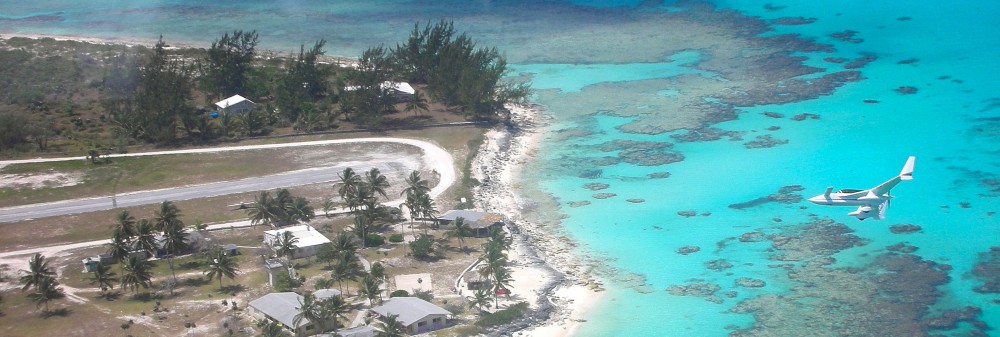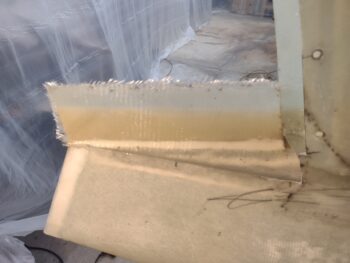First off, my sad tale of woe: my build work day was cut infinitely shorter as I chose to assist my friend in taking her daughter Trick-or-treating for Halloween. It was good to see her having fun with Jess, her son and other kids, but being the crotchety curmudgeon that I am, I secretly wanted to be in the shop getting this plane prepped for finishing.
As I’ve noted, one prerequisite task that I need to do is to get the canopy latch system squared away in final configuration to in turn allow me to base subsequent micro fill actions on and around the canopy on the canopy’s final closed position.
As I told my buddy Dave B. in an email I just sent, it seems as if the gremlins got into various parts of my build and moved everything around just enough to cause a required corrective action from me. This includes the canopy latching hardware in that I had to refer back to old blog posts and videos to figure how in the heck I had installed it all before… since it just wasn’t seeming to fit or operate as I once had it.
I determined that the C4 block (or bracket) —that the CL-2 latching pivot hooks connect to and also interconnects the tube segments from one CL-2 to the other, as well the front canopy latch handle— was causing the segment of the tube that transitions through the top of the pilot seatback to bind, as it was just too tight no matter if the CL-2 hook was mounted on the outboard or inboard side of the C4 block.
Now, I could attempt to create a totally separate end bracket to the aft tube & CL-2 hook and simply offset the connection that way to relieve any pressure, but since I don’t have one on hand that would require making one. Since I have the aluminum on-hand, I figured I would just create a modified C4 interconnecting block and call it a day. So after a few initial measurements, I spent about 10 minutes ginning one up in Fusion 360 CAD.
And 3D printed it…
And tried it out in situ in the airplane.
I noted that when actuating the tube forward of the pilot’s seat I was still getting a decent bit of friction. I determined that the offset in my newly designed C4 interconnecting block needs to be offset about 0.06″ more inboard to allow free, friction-free travel of the interconnect tube. I also need to make the inset just a hair wider/longer to ensure the hook has full freedom of forward/aft motion. So back to CAD for a re-tweak, which I’ll hit later tonight or first thing in the morning.
I was able to get the rudders off the bird and outside for a thorough sanding in prep for applying micro to the surface for finishing. After sanding I hosed all the dust off with water and then did a quick wipe down to remove the excess water. I set them aside to dry as I closed up shop to “enjoy” (ha!) some Trick-or-treating!
Happy Halloween!
(boo!)








































































